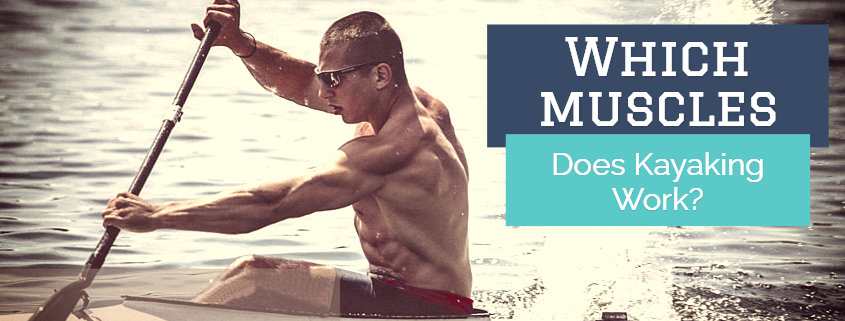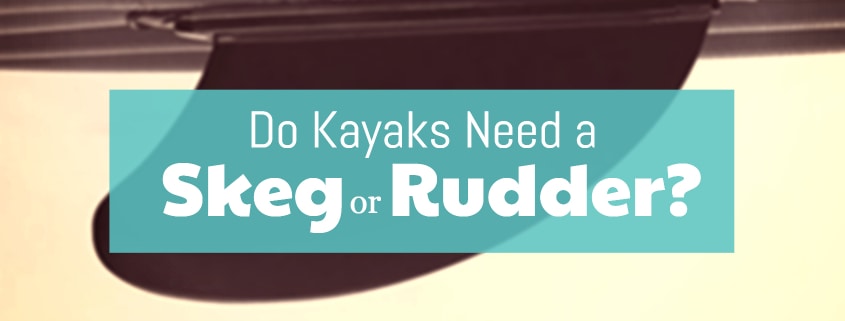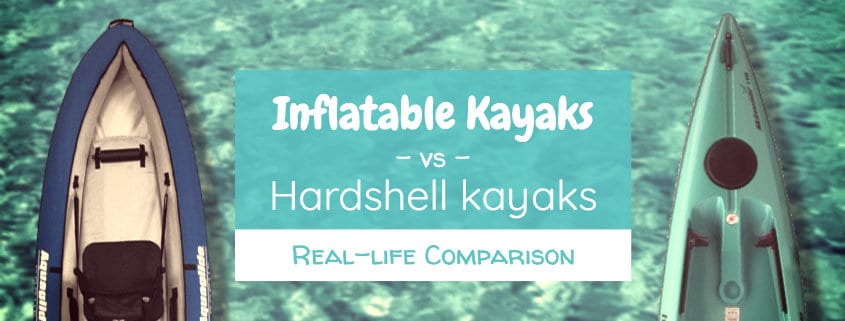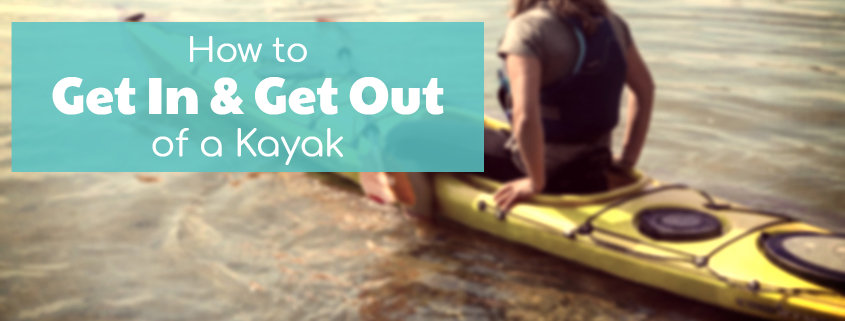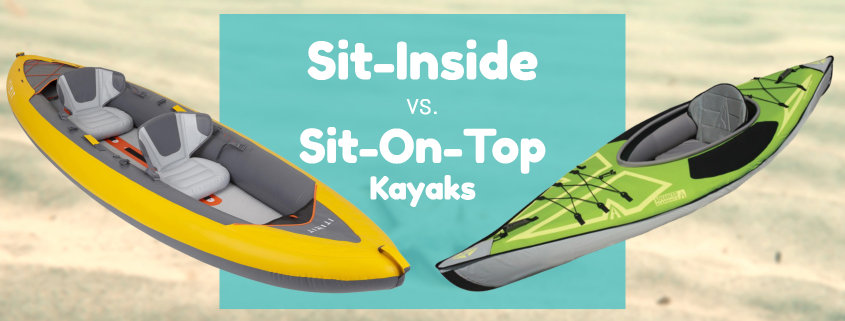Most people know that kayaking helps burn calories, leading to losing a few pounds, but only a few know it can also be an excellent muscle-building activity.
Kayaking involves a combination of repetitive movements, and that makes it perfect for anyone looking to bulk up around the shoulder, chest, arms, abdomen, back, and lower body area.
Indeed, kayaking targets just about every muscle group in your body. As a result, you can use kayaking to build serious muscle mass if you approach it with this mindset.
With every paddling workout, you will:
- build muscle,
- grow stronger, and
- find yourself able to paddle further and quicker.
Here is a detailed look at the muscles you can target and build using kayak workout sessions.
Contents
Back muscles
Many novice kayakers make the mistake of paddling with their arms only.
The proper form of kayaking uses the back, shoulders, leg muscles, plus others that help turn the torso.
With regard to muscles in your back, paddling chiefly uses the lats, rhomboids, and traps.
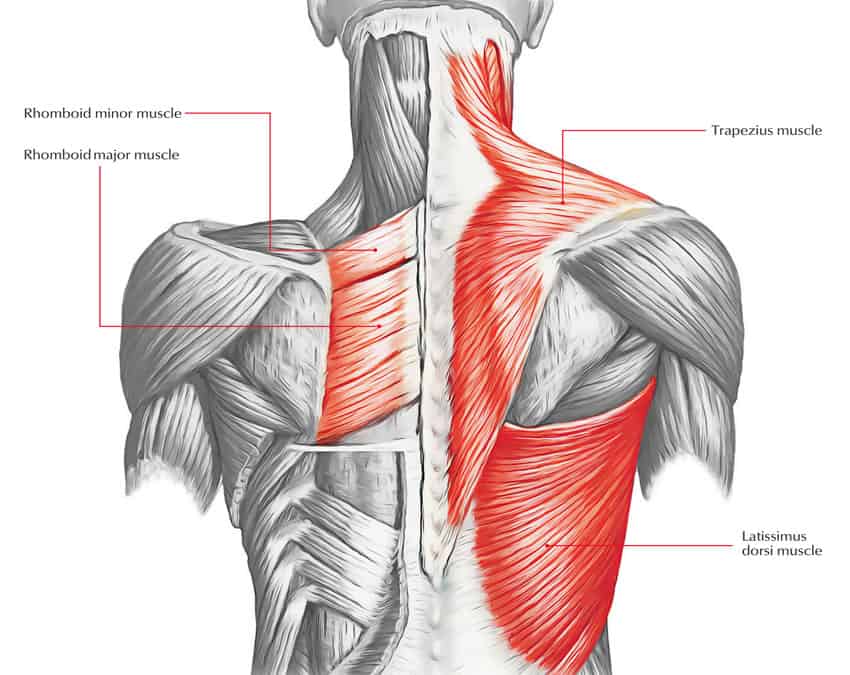
Latissimus dorsi
The lats (latissimus dorsi) benefit the most from kayaking. These wide back muscles pass on the power from your lower body, which you transform into arm movements. Every stroke works these muscles, making them stronger.
To gain more from your lats exercise, consider altering your rowing speed. For example, you can paddle faster for shorter intervals, or do slow, deep strokes for more extended periods.
Rhomboids
Rhomboids (major and minor) are a group of muscles in the center upper back that help rotate the shoulder blades (aka the scapula). They are used in rowing and also influence standing posture.
Your rhomboids contract at the end of every kayak stroke as you move your shoulder blades towards your spine. The movement helps build stronger rhomboids for powerful paddling and better standing posture.
Trapezius
The trapezius (aka traps) are large muscles in the upper middle section of your back.
There are upper, middle, and lower trapezius muscles. The upper traps help shrug the shoulders, but it’s the middle and lower traps that come in handy during kayaking.
Be careful not to overwork these muscles; it’s a good idea to start with a warm-up and end with cool-down stretches after you finish paddling to avoid sore traps.
Serratus Anterior
This muscle is not one that you can see well. It starts off the side of the chest on the surface of the 1st to 8th ribs, and ends at the scapula.
The serratus anterior pulls the scapula forward and stabilizes it while you carry out the kayak stroke.
Shoulder muscles (deltoids)
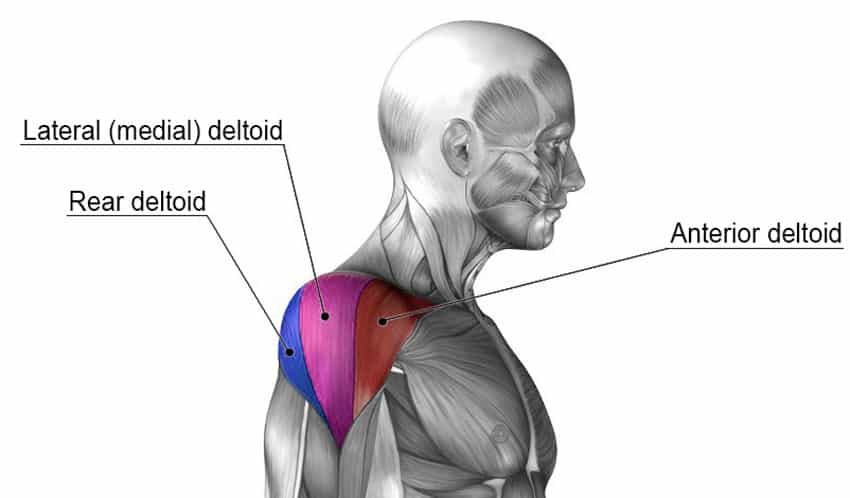
The series of movements required to paddle a kayak is ideal for strengthening your shoulders as well.
To row, you’ll have to move the paddle up and then forward; this redistributes weight from the back to the shoulders while simultaneously targeting the lateral, rear, and anterior deltoids.
Chest muscle
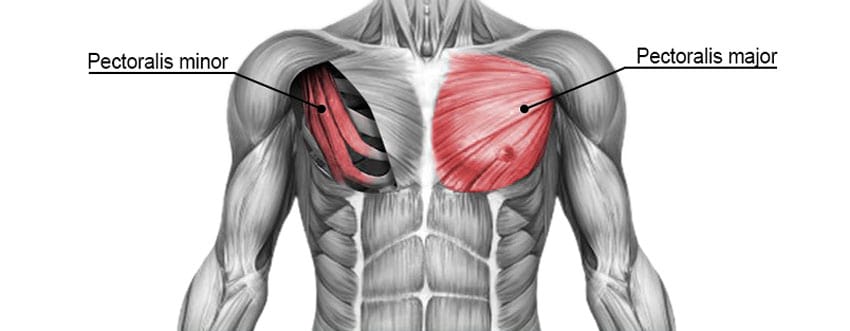
Your chest (pectoral muscles) will get a good workout as well. It is what allows you to use one arm to push and the other to pull.
The pecks (pectoralis major, pectoralis minor) work hard to move the arm with each stroke while keeping your shoulder stable and steady. When you pair that with the torso rotation required to drive the boat forward, you get a solid foundation for a comprehensive workout.
Core muscles (abdominals, obliques)
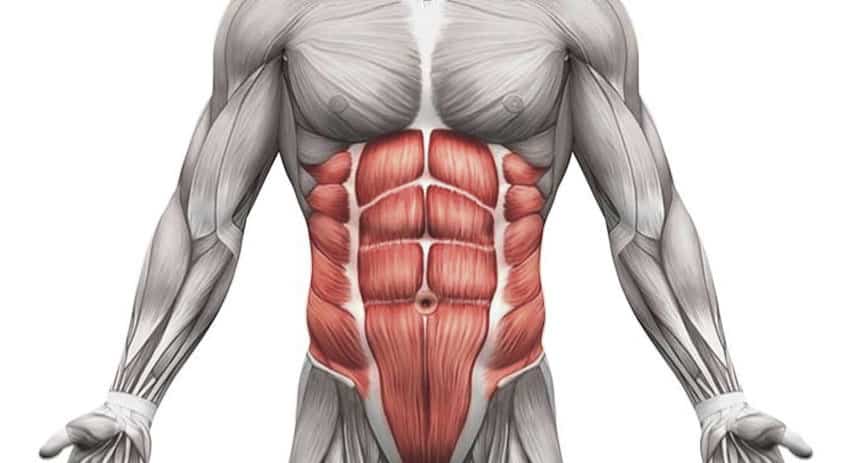
Paddling involves a combination of rotational movements that work the abs and obliques.
To coordinate these series of movements, you automatically contract your abs. That’s why when you first begin kayaking, you will feel your core sore for a decent number of days, but as you get used to it, you build strength and stability in your core muscles.
Can you build a six-pack with kayaking?
The rotational movements you perform with each stroke will give your core a good workout and develop your stomach muscles. The nature of the movement builds the obliques to a higher degree than the abdominals though, which is ultimately responsible for the “six-pack”.
Upper arm muscles (biceps, triceps)
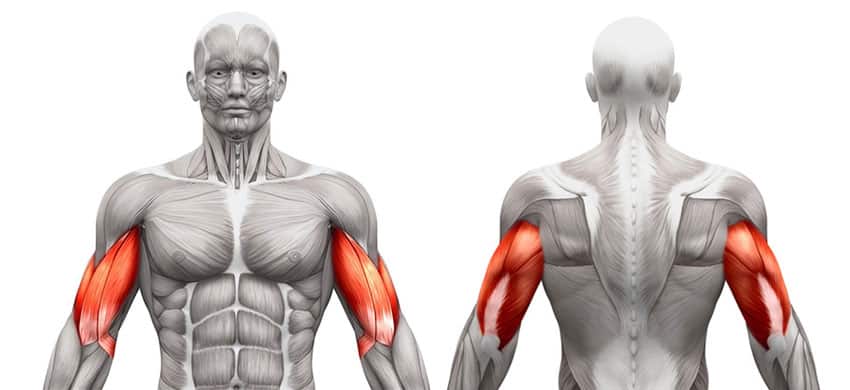
One arm pulls while the other pushes, working both the triceps and biceps. It is this torque power that propels the small boat forward.
In addition, the unique double-bladed design of the kayak paddle ensures a more balanced exercise, helping develop strength and shaping your arms.
Forearm and gripping muscles
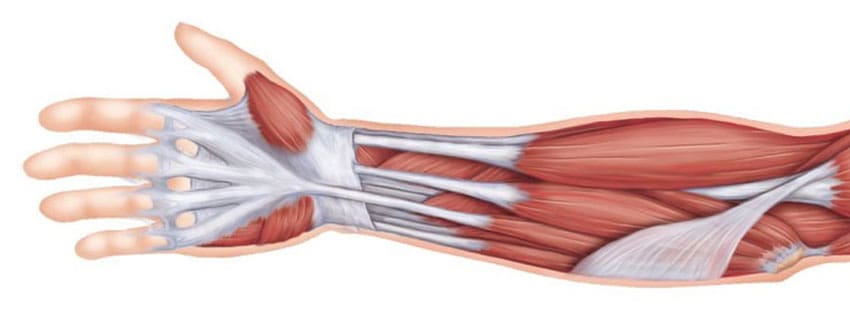
When you row, your forearm and hand muscles are also required, providing a terrific strength-building workout for the entire arm.
Your hands and forearms will rotate, contract, and stretch through the workout. You may have low stamina at the early stages, but you will show steady progress and have more endurance in these muscles as well soon.
Legs muscles and hips
You’d be quick to think kayaking doesn’t work your legs since it involves sitting throughout, but that’s not the case.
Your legs lean against the kayak walls, creating a bond between your body and the kayak, balancing you and the boat with each stroke.
Kayaking will not give you bicyclist’s legs, but they are significant nevertheless. The better you get at kayaking, the more you will use your leg muscles.
Heart
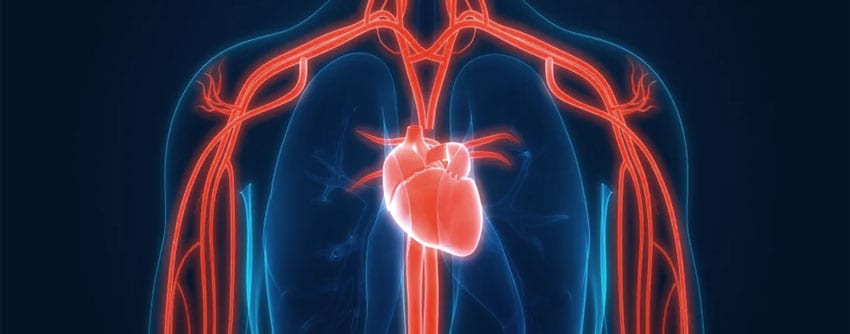
Don’t forget, the heart is a muscle too, and paddling gives it a good workout.
Kayaking is both an aerobic (cardiovascular) and anaerobic activity. As cardio, it takes energy, making the heart pump more forcefully and faster. It will also increase your breathing rate, sending more air into your lungs. That way, it keeps the lungs, heart, and blood vessels in your muscles open.
In addition, studies have shown that kayaking is a form of exercise that leads to the formation of more capillaries in the muscles.
After reading all of the above, you now know which muscles you are activating when you paddle a kayak.
The fact that paddling is a full-body workout is one of the most significant health benefits of kayaking. It’s both an aerobic and anaerobic activity helping to give the body a full workout for a stronger core with chiseled obliques and abs, bulky and firmer arms and shoulders. It also works the chest, legs, hips, and heart.
So, every time you are out there on your kayak, push it a little for a healthier you.
Resources:
- The Progress of Biomechanical Researches in Kayaking
- Activation and contribution of trunk and leg musculature to force production during on-water sprint kayak performance
- Handbook of Sports Medicine and Science – Canoeing

